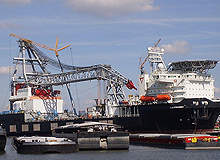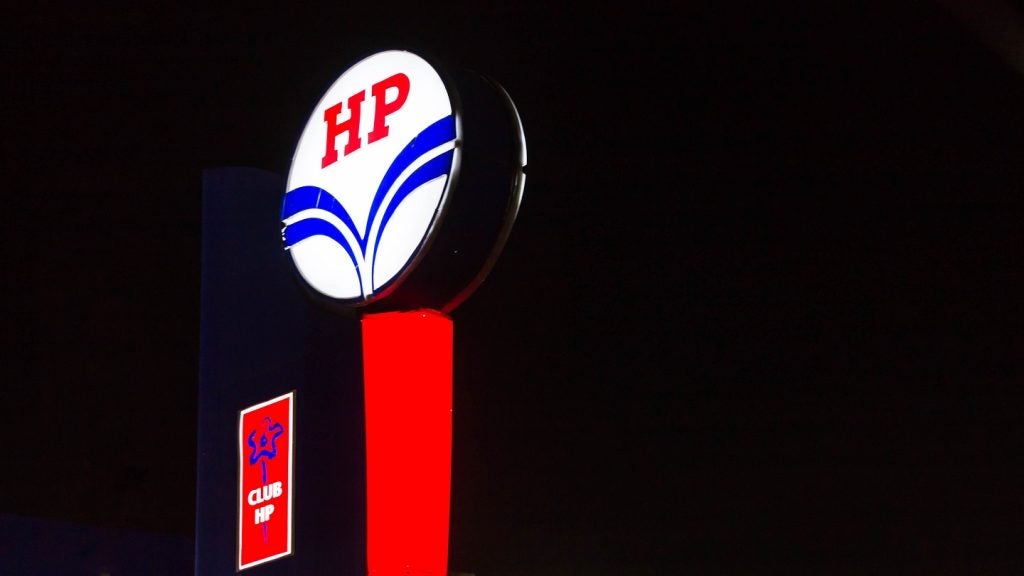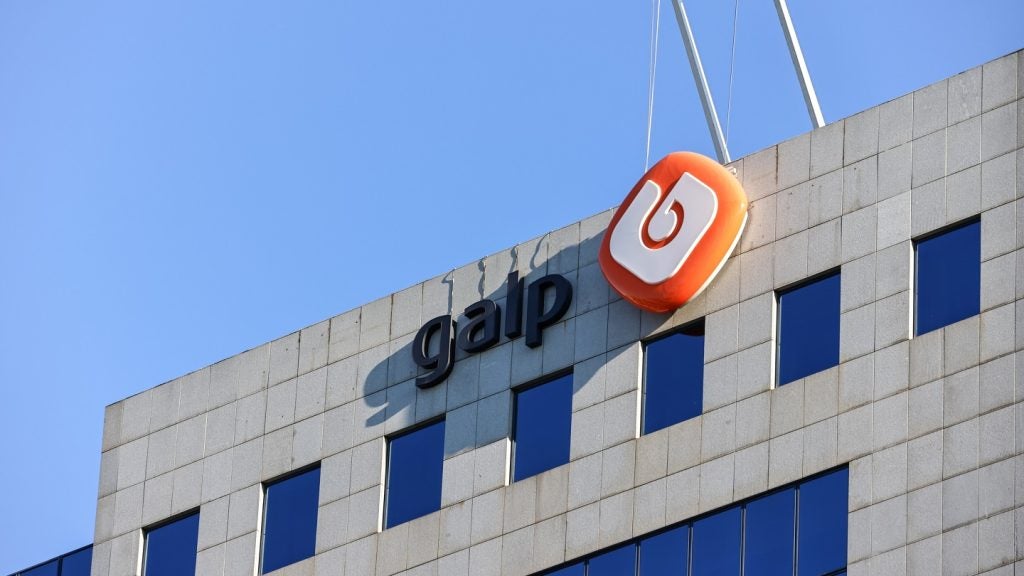
Floating over
Moving a huge platform deck built on land to its final destination at sea, and then manoeuvring it onto its jacket or legs is a routine and obvious challenge for the industry.
The floatover approach is one technique in particular which, according to David Emery, one of Technip’s offshore platforms product project managers, is growing in popularity.
“The operational cost is much lower than other methods of installation, such as modular lifts or a single piece installation by a heavy lift barge. Also, a high proportion of the pre-commissioning work can be completed onshore prior to loadout, significantly reducing the duration and cost of the offshore commissioning phase.”
Success relies heavily on the use of low friction pads, to facilitate skidding the deck first onto the transport barge, and then off again once the vessel has been moored precisely to ensure the accurate alignment of deck and jacket, at its final position. The demands made on the specialist materials involved – such as Orkot from Trelleborg – are huge.
Aside from the need for the pads to remain stable throughout the actual skidding process, they must also be able to withstand the massive loads placed on them during construction for periods of up to two years, as the structure gradually takes shape above them.
See Also:
The challenge of moving large pieces of infrastructure around offshore is, however, not solely confined to what is happening above the waves.
How well do you really know your competitors?
Access the most comprehensive Company Profiles on the market, powered by GlobalData. Save hours of research. Gain competitive edge.

Thank you!
Your download email will arrive shortly
Not ready to buy yet? Download a free sample
We are confident about the unique quality of our Company Profiles. However, we want you to make the most beneficial decision for your business, so we offer a free sample that you can download by submitting the below form
By GlobalDataDeepwater lift
After a quarter of a century of expectation, subsea production has finally begun to attain true commercial potential over the last five years thanks to advances in technology driven by the need to develop reserves in deeper and more remote waters. Nevertheless, the notoriously high construction, installation and decommissioning costs involved have remained something of a brake on uptake, with the hire of some specialist cranes and crane barges running to around $1m a day.
Against that sort of a balance-sheet background, there is an obvious attraction to any technology that can help to get the job done cheaper, and when it comes to deepwater lifting, Aubin’s DeepBuoy is arguably the most exciting – and most innovative – development in the field for some time.
At the heart of the system is a patented low density fluid which allows buoyancy to be added to subsea objects, creating a versatile underwater lifting system capable of supporting and manoeuvring structures of up to 2,000t, in depths of 3,000m. In use, DeepBuoy gel is pumped from a reservoir into tear-shaped flotation bags tethered to the infrastructure element to be moved, until the necessary lift is generated.
Developed over four years and attracting a SMART award from the Scottish Government, this new gel has a density of 550kg per cubic metre – generating what the company describes as “almost pound for pound lift.” In addition, since it is nearly completely incompressible, there is no appreciable variance in buoyancy as the depth changes, which makes the whole lifting and lowering process uniquely manageable.
As the Aberdeenshire company’s MD, Paddy Collins, explains, “DeepBuoy provides a way of placing large structures on the seabed in very deep water with a high degree of control that simply is not possible at present. It allows for manoeuvring on the seabed to be carried out by ROV rather than crane and is operational at far greater depths than traditional lifting methods. The market for deepwater lifting is worth billions of pounds every year so there is enormous potential.”
Traditional developments
That, of course, also means that there is still plenty of scope for the longer established approaches too, with the more traditional heavy lift and transport sector broadly continuing to build on the successes of recent years as a result. The developing trend towards greater size and capability seen in 2009 with the launch of Seaway Heavy Lifting’s Oleg Strashnov and the deployment of the new breed of electro-hydraulic cranes from Liebherr, culminated at the end of 2010 with the arrival of the largest heavy lift vessel the world has seen to date.
With a speed of 20kts and a lifting capacity of 2,000t the MV “Svenja” is the first of two new-build Type 183 vessels to be brought into service by Schiffahrtskontor Altes Land (SAL).
Built in just six months by the Sietas shipyard in Hamburg, it is an innovative and highly specialised ship designed to meet the growing challenges faced by the offshore energy sector.
It seems little time will be wasted in putting it to work; after a maiden voyage to the Far East, “Svenja” is booked to be transporting oil exploration equipment offshore Norway.
Between the demands of new, deeper and more remote exploration and the ongoing need to decommission platforms, vessels such as this are unlikely to remain idle, while continued innovation within the supporting technologies must be seen as inevitable – and not just in terms of bigger boats, or stronger cranes.
Cables and moorings
“If you’re towing platforms around the ocean, sooner or later you have to think about cables and moorings,” says industry consultant Richard Lightman, “and things are changing. It’s all about efficiency and managing costs.”
Between the lost operational time and the high expense of anchor handling vessels, there has never been more pressure to be able to move and moor platforms quickly and seamlessly. A range of solutions have arisen to help meet this need, ranging from innovative fibre-rope technologies to sidestep the limiting weight of steel – particularly useful for the growing number of ultra-deepwater installations – to pre-set moorings and ultra-high holding power anchors. “Anchor handling can add as much as 8% or 10% to the cost of exploration wells,” Lightman adds, “so it’s a real no-brainer that we can expect to see more going on here in future.”
That is probably also a fair assessment of the offshore platform moving sector as a whole; with deepwater activity in general increasing and the African subsea market alone tipped to see expenditure rise to over $11bn by 2012, there will surely be more innovations to come.





